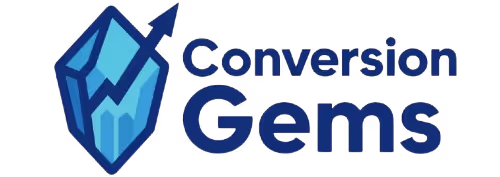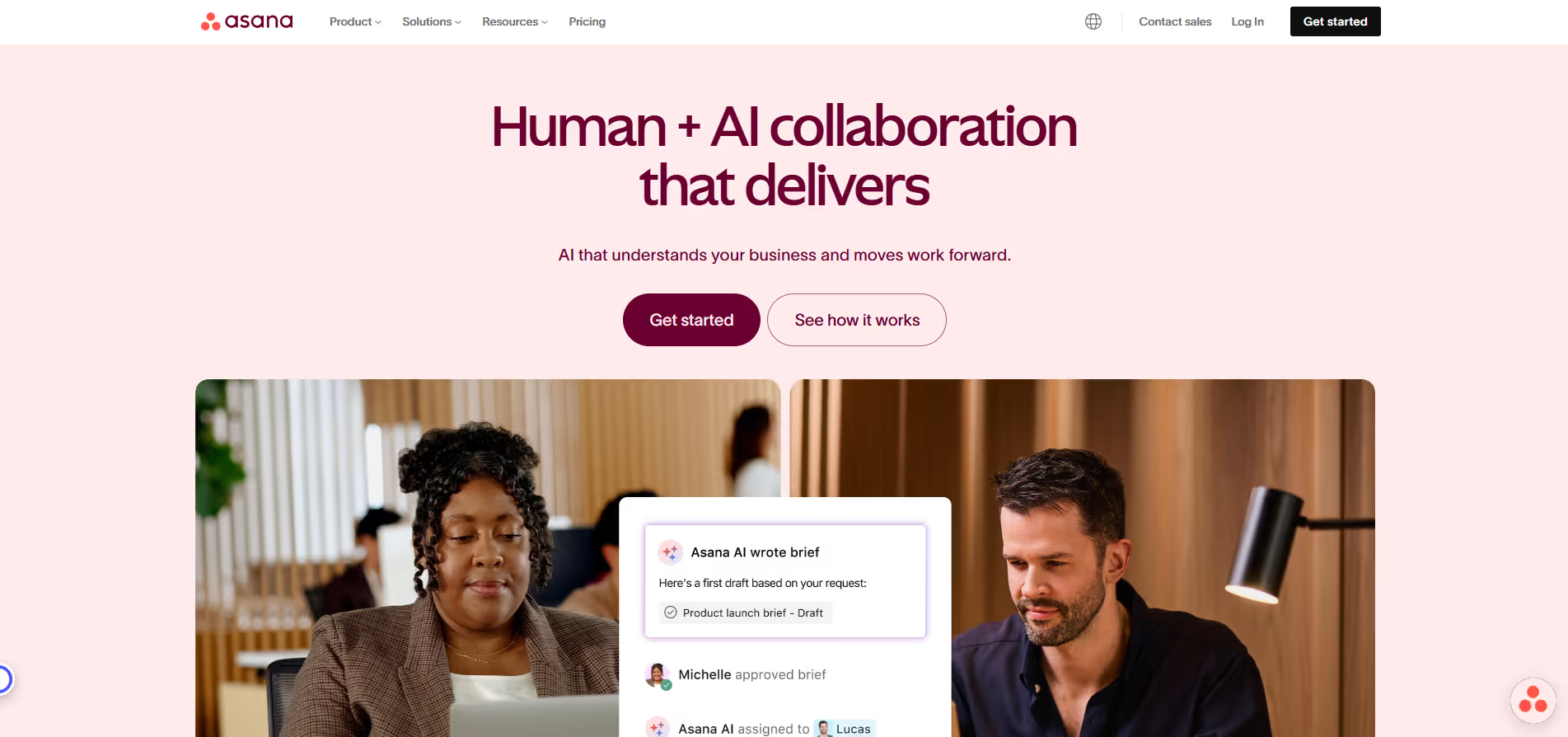Tool Insights
Home > Tools > Tool Details
Asana
Description
Asana is a leading work management platform designed to help teams organize, track, and manage their projects and tasks efficiently.
Asana empowers teams to coordinate their work, from daily tasks to strategic initiatives. It offers a comprehensive suite of features including task management, project planning, workflow automation, and reporting. With Asana, users can break down projects into manageable tasks, assign responsibilities, set deadlines, and monitor progress across various views like lists, boards, timelines, and calendars. It facilitates transparency, reduces communication overhead, and helps teams meet their objectives with greater predictability.
Key Applications
- Project Planning & Execution: Defining project scope, breaking down work, assigning tasks, and tracking progress through to completion.
- Team Collaboration & Communication: Centralizing discussions, sharing files, providing feedback, and maintaining a clear record of decisions.
- Workflow Automation: Automating routine processes, setting up rules for task assignment, status updates, and notifications to streamline operations.
- Goal Tracking & Reporting: Aligning daily work with company objectives, monitoring team performance, and generating reports to assess project health and team workload.
- Marketing & Creative Operations: Managing campaign launches, content creation, editorial calendars, and design reviews efficiently.
Who It’s For
Asana is ideal for teams of all sizes—from small startups to large enterprises—across various departments such as marketing, product development, IT, operations, and sales. It's particularly beneficial for organizations seeking to improve collaboration, standardize project workflows, enhance transparency, and ensure accountability within their teams.
Pros & Cons
How It Compares
- Versus Trello: Asana offers more robust project planning and advanced reporting capabilities, making it suitable for complex projects and larger teams, while Trello excels in simple, visual task management using Kanban boards.
- Versus Jira: Asana is more versatile for non-technical teams and general project management, emphasizing ease of use and broad applicability. Jira is specifically tailored for software development teams, offering deep integrations with developer tools and agile methodologies.
- Versus Monday.com: While both offer highly customizable interfaces, Asana is often seen as having a more structured approach to task hierarchy and dependency management, whereas Monday.com often emphasizes visual flexibility and broader dashboarding capabilities.
Bullet Point Features
- Task management (subtasks, dependencies, due dates)
- Multiple project views (List, Board, Timeline, Calendar, Workload)
- Workflow automation with custom rules Goal and portfolio management Reporting and analytics dashboards
- Team collaboration features (comments, file attachments, proofing)
- Private projects and tasks Integrations with popular tools (Slack, Zoom, Google Drive, Microsoft Teams)
Disclosure
All product names, logos and brands are property of their respective owners. Use is for educational and informational purposes only and does not imply endorsement. Links are to third-party sites not affiliated with Barndoor AI. Please see our Terms & Conditions for additional information.



.avif)




